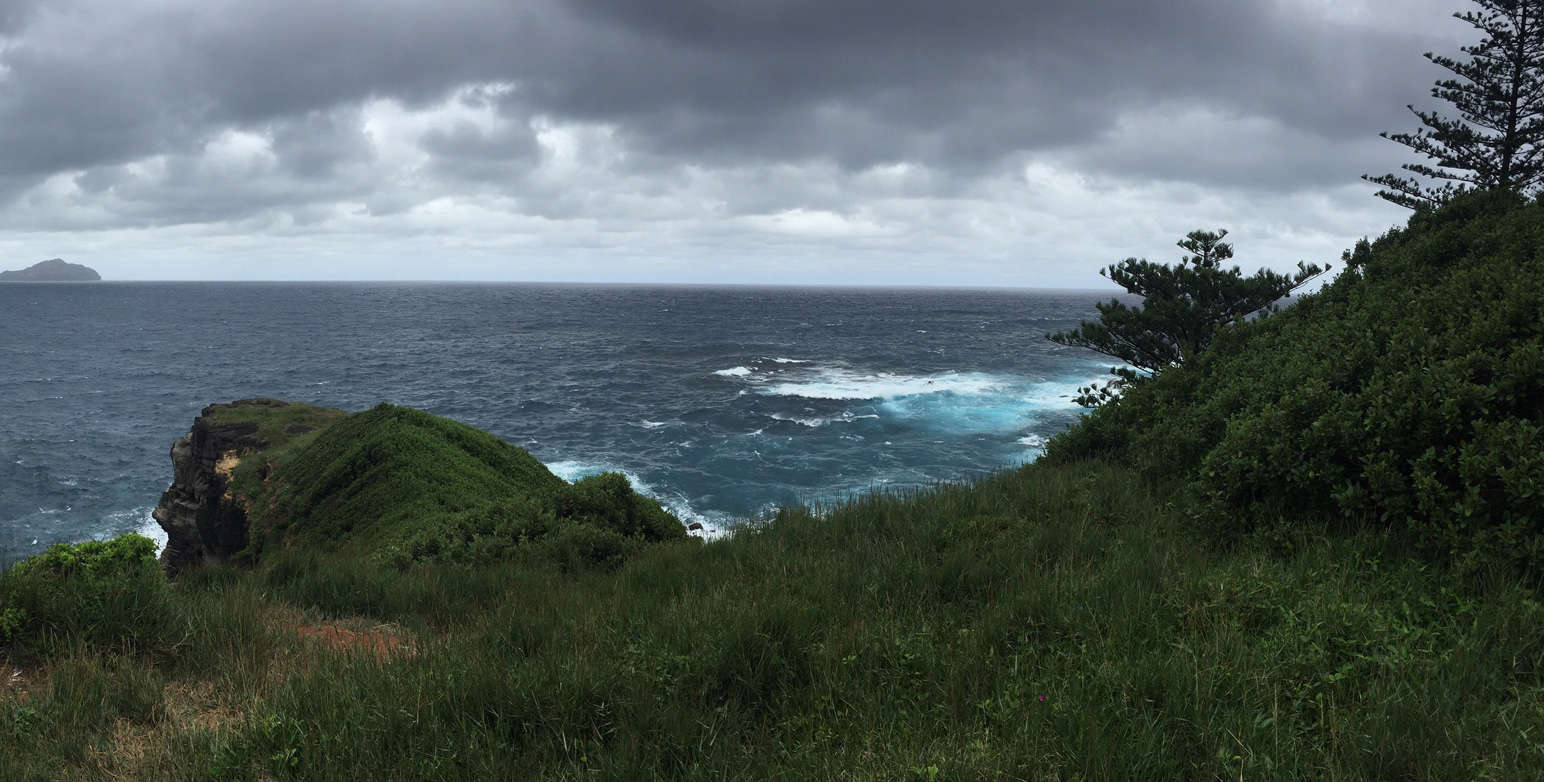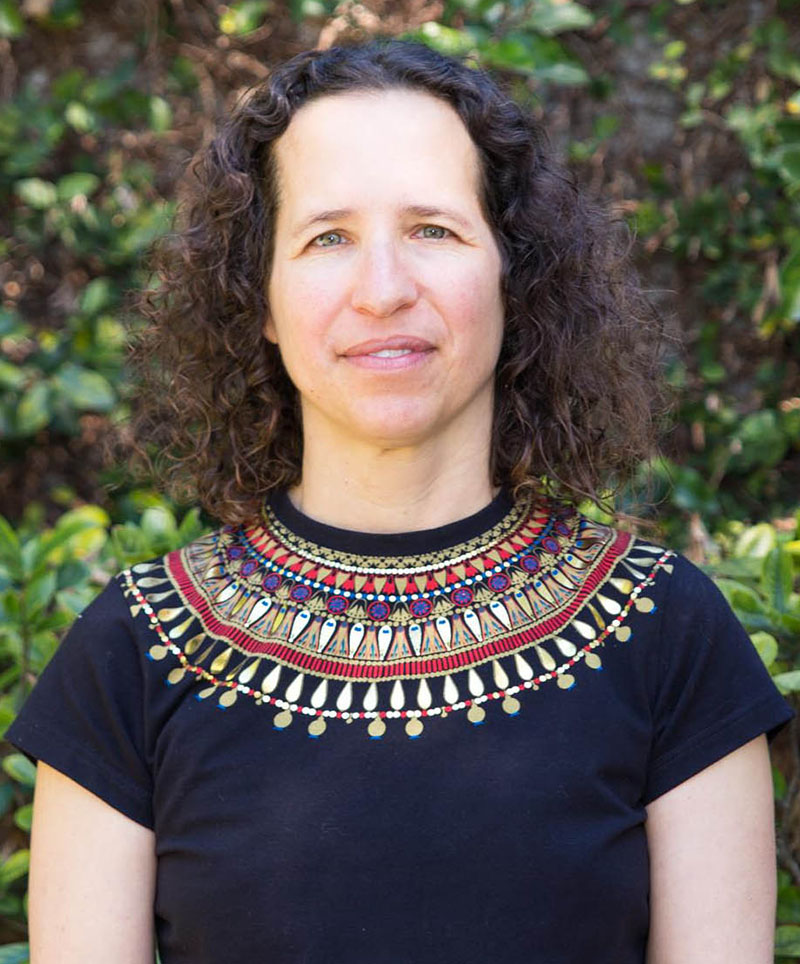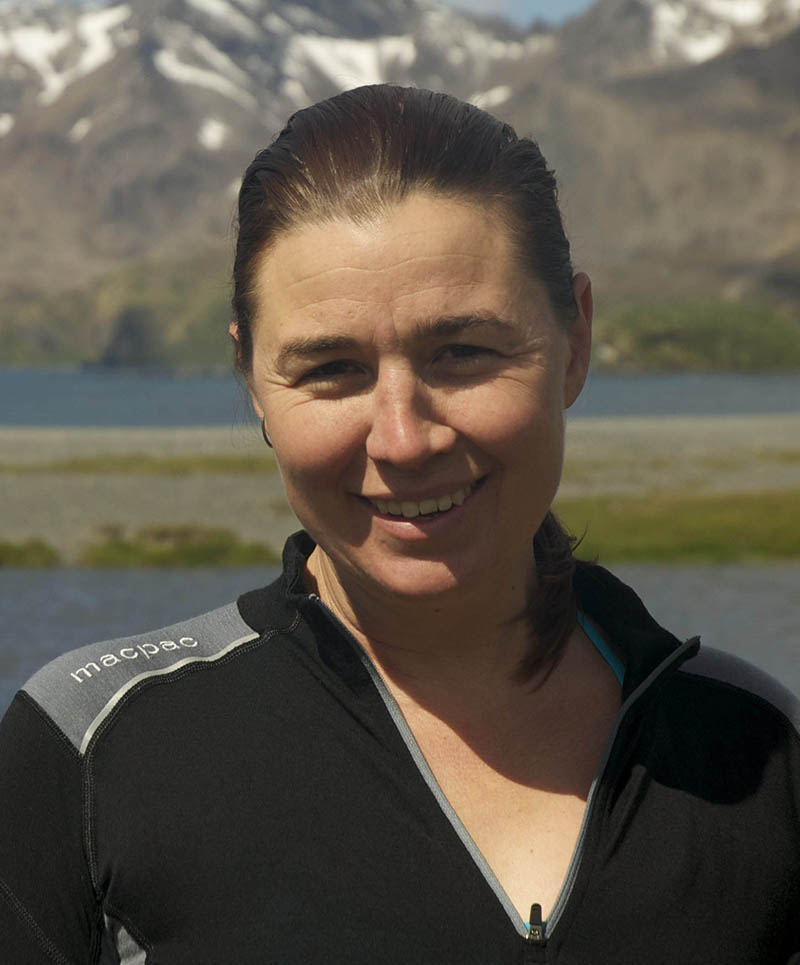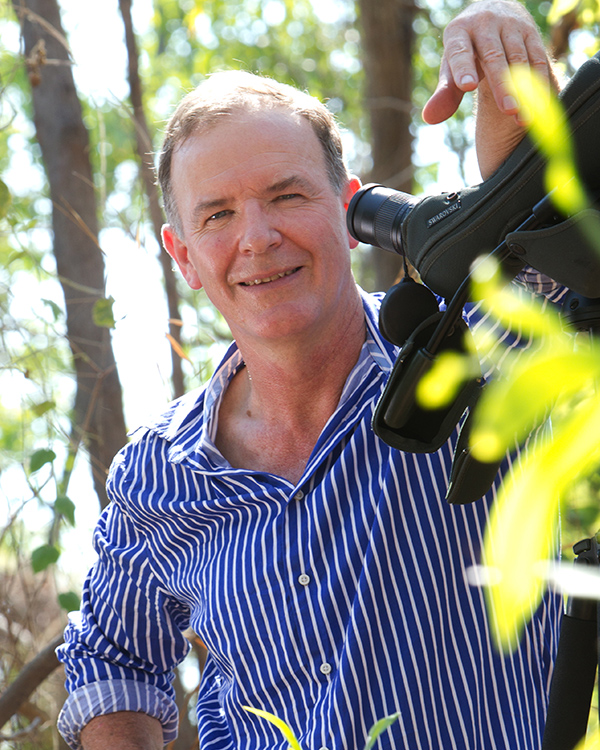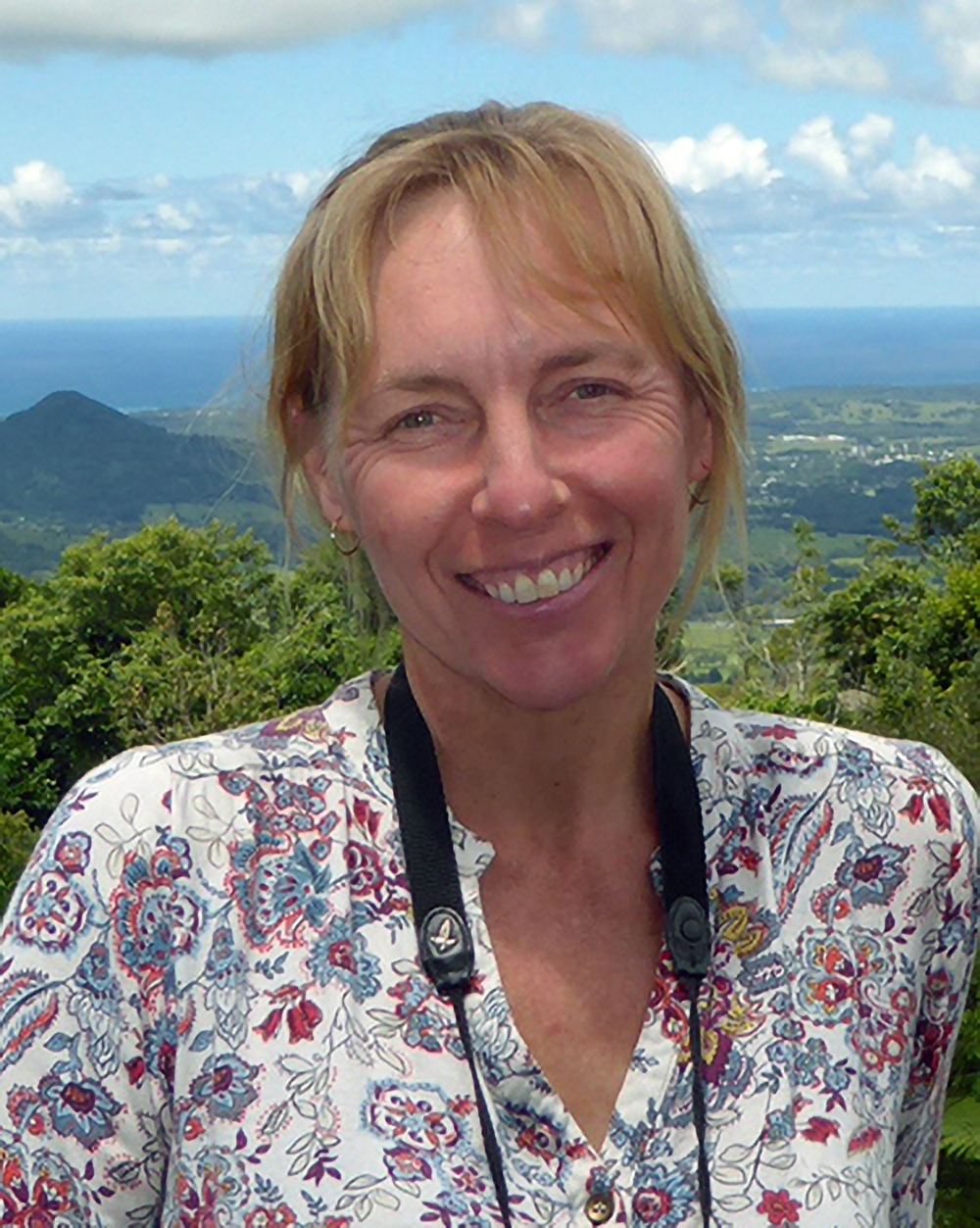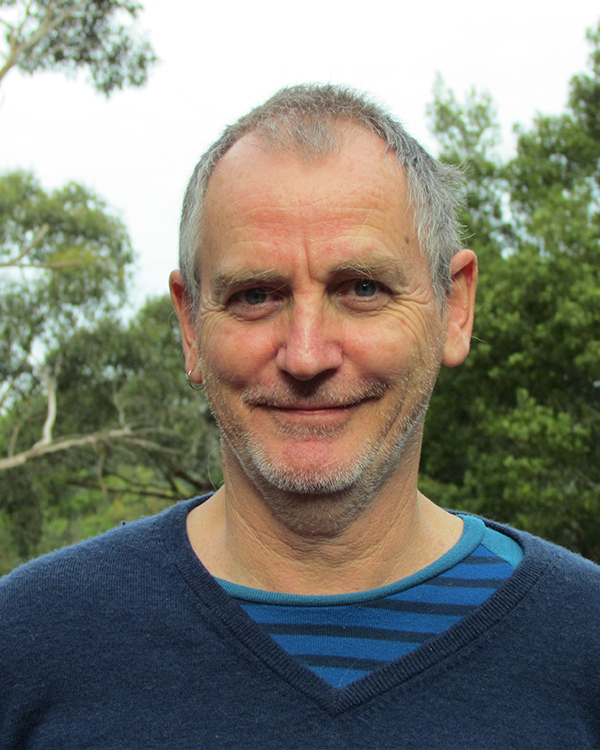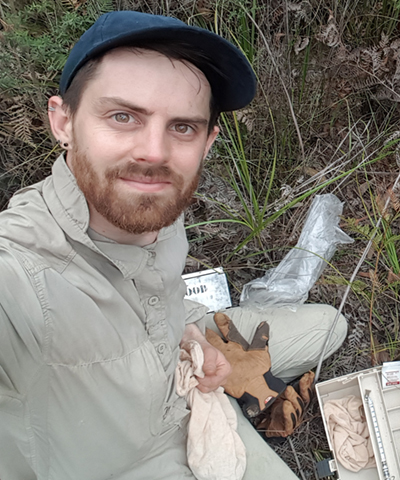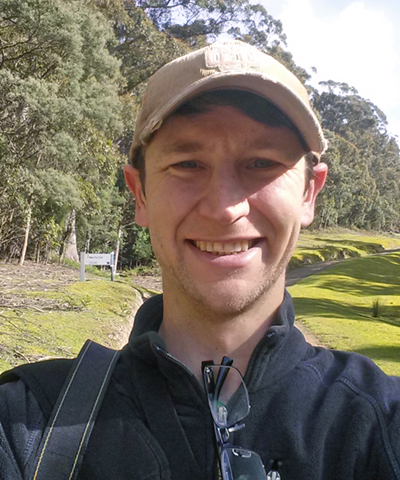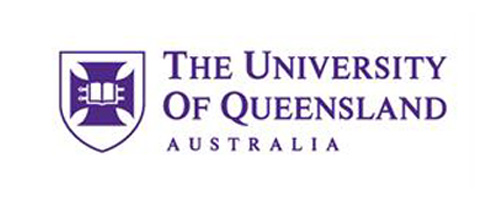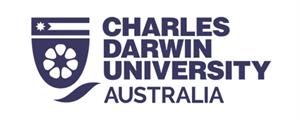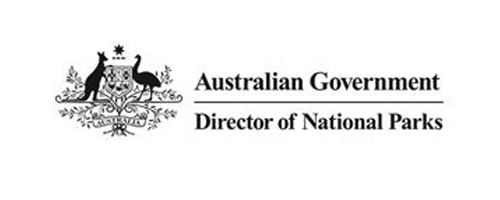
Project: 4.2.1
Creation and analysis of a national database of threatened species on Australian islands
Project Leaders: Salit Kark , Justine Shaw
Research in Brief
Islands hold many unique species and ecosystems, but are greatly impacted by invasive species that can cause native species to go extinct or be threatened. Significant gaps in our knowledge mean that we don’t have a comprehensive understanding of threatened species on Australia’s islands, their threats and how to manage them effectively.
This project is establishing a national database of threatened species across all of Australia’s islands, which is helping fill these knowledge gaps, as well as beginning the process of understanding how to best conserve our island-based plants, animals and ecosystems.
 Moreton Island. Photo: Salit Kark
Moreton Island. Photo: Salit Kark
Why is the research needed?
Islands are havens for biodiversity, and many support ecosystems and species found nowhere else. But the same factors that make islands special – for example, their isolation, restricted area and resultant high levels of endemism – also lead to a greater risk of species going extinct. Globally the majority of extinctions have occurred on islands, and Australia’s islands are no exception. There are currently significant gaps in our knowledge of what drives species and ecosystem decline and extinction on islands in Australia.
Australia has over 9300 islands supporting hundreds of threatened species. With so many islands that range in biodiversity, size, distance to the mainland, latitude and human impact, Australian policy makers and planners need evidence to determine and prioritise the most effective and efficient conservation actions.
The evidence needs to be gathered for individual islands, each with specific conditions and ecological challenges. In particular, the relationships between threatened species on the islands and invasive species needs to be investigated. Combining information on Australian islands and their threatened and invasive species within a detailed database is providing an invaluable continent-scale resource.
How can the research help?
With the development of the first national database of threatened species on Australian islands, we have an opportunity to undertake a nation-wide analysis of threat and associated management actions for island-based threatened species.
This project will benefit a very large number of island ecosystems, species and stakeholders by filling knowledge gaps about island conservation status and supporting planning for island management in areas such as feasibility, risks, benefits, and cost-effectiveness. This has not previously been achieved for Australia’s islands.
Analysis of the database is informing policy development as well as prioritisation of conservation actions for species on islands. It is underpinning practical guidance on allocation of management resources within and across islands for both threatened and invasive species. It is also aiding in crucial decisions like how, where, and when to invest in on-ground island management activities such as predator eradications, management of threatened species already on islands, habitat protection and identifying opportunities and requirements for potential species reintroductions or translocations to islands. It is also helping to identify island hotspots and refuges for endemic and threatened species.
What research activities are being undertaken?
This project is collating, verifying and assessing a large amount of data on threatened terrestrial plants and animals (invertebrates, freshwater fish, frogs, reptiles, birds and mammals) and is also collating new data on invasive vertebrate species across all Australian islands.
We are conducting research to identify where a high conservation return can be achieved through:
- Identifying large-scale patterns and drivers of threatened species declines across Australia’s islands
- Identifying high conservation value islands for key threatened taxa
- Identifying islands likely to be hotspots and refuges for endemic and threatened species
- Determining where strategic management for multiple species and multiple islands delivers the best return on investment
- Identifying drivers of establishment and persistence of invasive species on Australian islands
- Determining where high conservation return may be achieved through invasive species management.
Who is involved?
The research is being led by The University of Queensland, with contributions from many collaborators and data verifiers across all Australian states, including Charles Darwin University, Deakin University, the Victorian Department of Environment, Land, Water and Planning, Tasmanian Department of Primary Industries, Parks, Water and Environment, New South Wales Office of Environment and Heritage, Queensland Department of Environment and Science, Queensland National Parks and Wildlife Service, South Australian Department for Environment and Water, Northern Territory Department of Environment and Natural Resources, Western Australian Department of Biodiversity, Conservation and Attractions, Healthy Land and Water in South East Queensland, Parks Australia, Norfolk Island National Park, Fitzroy Basin Association and NRM Regions Queensland.
Where is the research happening?
The work is happening Australia-wide, and has relevance to all Australian Islands.
When is the research happening?
The project is running for five years from 2016 to 2021.
Further information
For more information please contact:
Assoc. Prof. Salit Kark - Salit Kark s.kark@uq.edu.au
Dr Peter Baxter - p.baxter@uq.edu.au
Top image: Norfolk Island. Photo: Salit Kark
